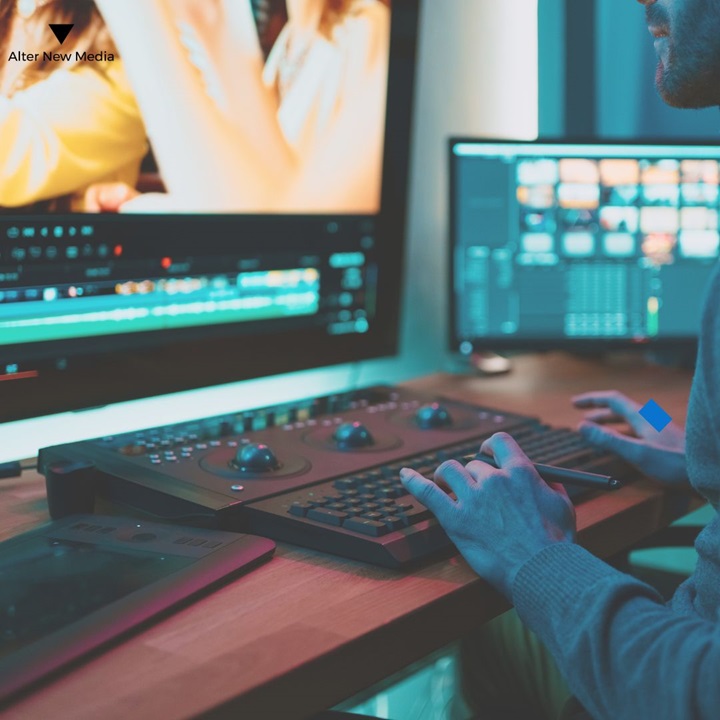In a groundbreaking development, Microsoft has introduced VASA-1, a pioneering video technology powered by artificial intelligence that promises to revolutionize how we perceive and interact with digital media. This latest innovation showcases realistic videos that blur the lines between virtual and reality, setting a new benchmark in AI-generated content.
In today’s blog post, we will explore VASA-1’s features, potential applications, ethical considerations, and implications for the future of digital media.
Breaking New Ground with VASA-1
VASA-1 stands as a testament to Microsoft’s commitment to advancing AI technology. The system utilizes cutting-edge algorithms to generate video content indistinguishable from real-world footage. The core of VASA-1’s success lies in its ability to analyze vast amounts of video data, learn from it, and produce new, unique video sequences that mimic the nuances of human movements, environmental interactions, and lighting conditions with astonishing accuracy.
Technical Marvel
VASA-1’s technical framework is based on a sophisticated neural network architecture that incorporates machine learning, computer vision, and predictive modeling elements. This allows VASA-1 to replicate visual elements and understand and predict physical dynamics and interactions within a given scene.
For example, the AI can render realistic expressions and movements based on the context of the video, such as the emotion in a conversation or the action in a sports game.
Potential Applications
The potential applications of VASA-1 are vast and varied. In the entertainment industry, this technology could transform the production of movies and video games, offering new ways to create complex scenes without requiring extensive physical sets or even human actors. In journalism, AI-generated videos could be used to reconstruct events or visualize news stories, providing a more immersive experience for viewers.
Additionally, VASA-1 could significantly impact training and education, where realistic simulations of emergency procedures, medical operations, or historical events could provide invaluable learning experiences without risk.
Ethical Considerations
With the introduction of any transformative technology, ethical considerations must be addressed. The realism of VASA-1’s video output presents potential challenges in misinformation, privacy, and consent. The ability to create hyper-realistic video content could lead to the production of deepfake videos, raising concerns about the verification of visual information and the potential for misuse in various scenarios, including political.
Microsoft has acknowledged these challenges and has committed to developing robust ethical guidelines and content verification tools to ensure that VASA-1 is used responsibly. The industry and regulators must collaborate to establish standards and safeguards that prevent abuse while promoting innovation.
The Future of AI in Video Production
VASA-1 is just the beginning of what’s possible with AI in video production. As this technology evolves, we can expect enhancements enabling even more sophisticated interactions between AI and video content. The implications for creative industries are fascinating, as AI could assist in everything from scriptwriting to visual effects, lowering costs and increasing creative possibilities.
Final Thoughts: Microsoft’s VASA-1 represents a significant leap forward in AI technology, offering a glimpse into a future where digital and physical realities might merge seamlessly. While it presents numerous opportunities for innovation and creativity, it also necessitates careful consideration of ethical implications. As we stand on the brink of this new era, we must navigate the challenges responsibly, ensuring that VASA-1 and similar technologies enhance human experiences without compromising integrity or trust.





